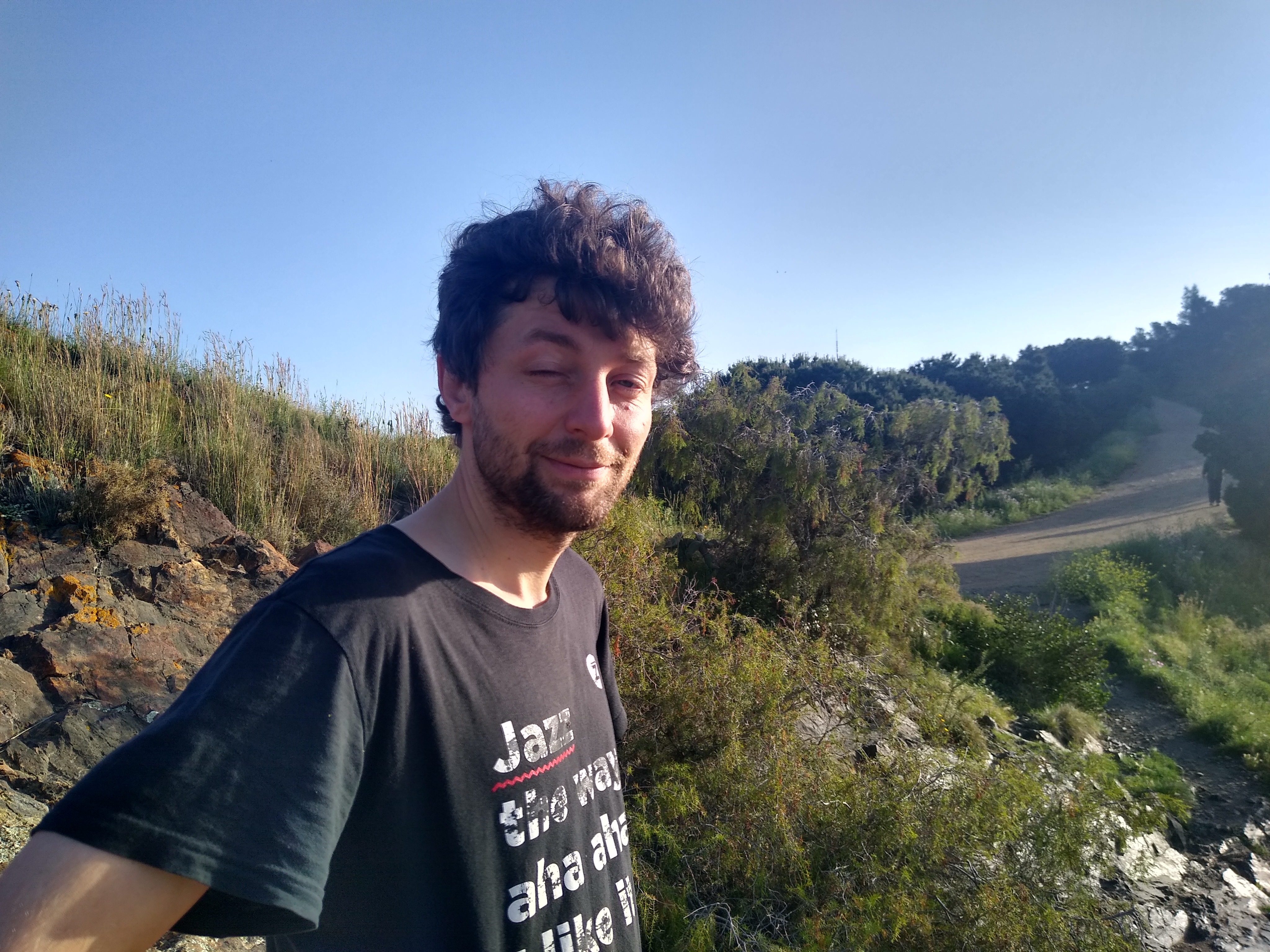
Profile
I am currently a Ramón y Cajal Fellow in the GaiaUB group at the Institute for Space Science at the University of Barcelona (ICCUB), applying data analysis techniques within the realm of Galactic astrophysics. Something in between an observer and a theorist.
My scientific interests range from nucleosynthesis over stellar models, large astronomical surveys, star clusters, Milky Way modeling, and cosmology to high-energy astrophysics. Most of my past research focuses on spectroscopic stellar surveys, and how to combine them with astrometric, photometric, and asteroseismic data to study the formation history of the Milky Way.
I believe in collaborative science and am an active member in various large astronomical projects, such as the Gaia mission, the WEAVE Project, and the 4-Meter Multi-Object Survey Telescope (4MOST). I was lucky enough to win a Marie Sklodowska-Curie Fellowship (2019-21) and have been working in Barcelona with different fellowships since then.
I am curious about Austrian 20th century literature, destructive progressive music, the philosophy of science, politics, Latin America, and absurd vinyl records. Currently learning Czech, Catalan, and trumpet. Feel free to get in touch.